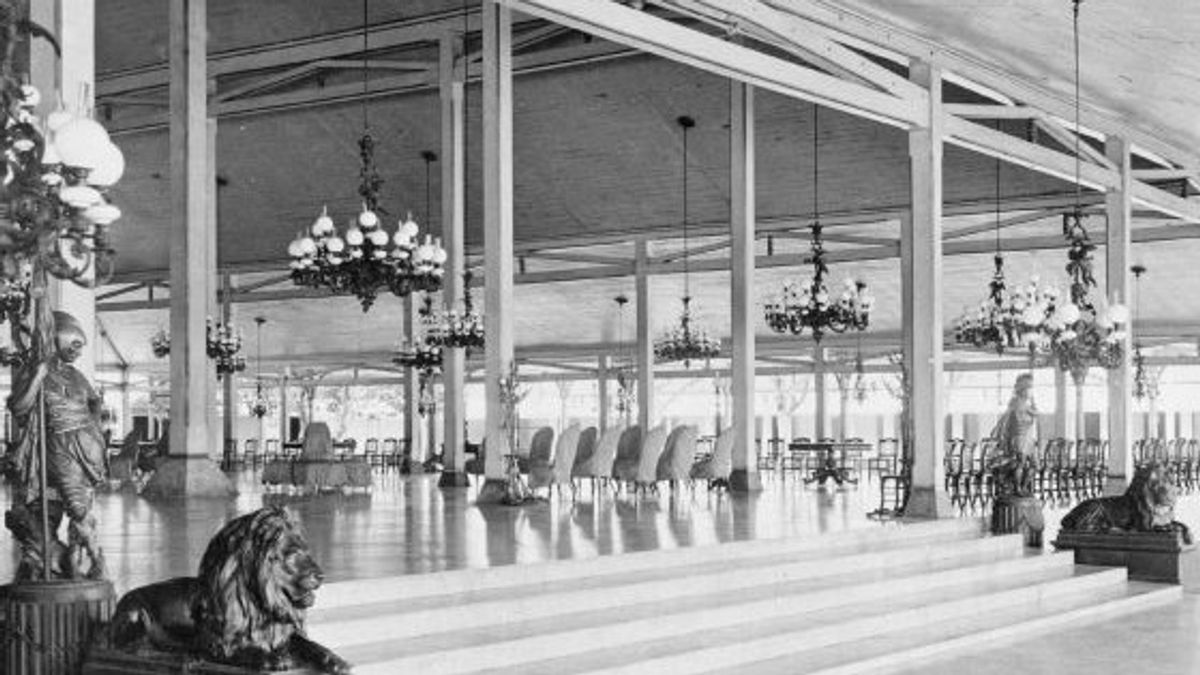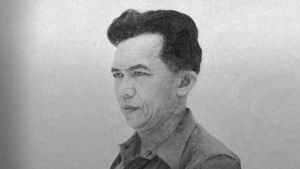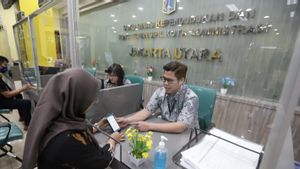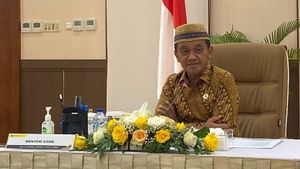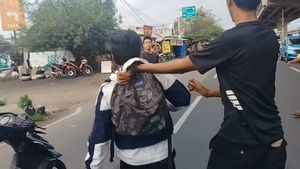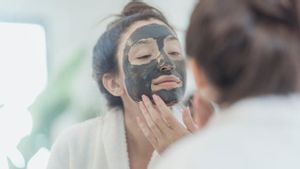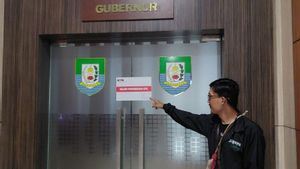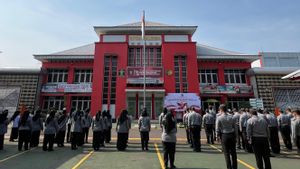JAKARTA - Pura Mangkunegaran is synonymous with Raden Mas Said, a figure feared by the Dutch Chamber of Commerce, VOC. He became the only native who could not be controlled, let alone defeated by the Dutch. The colonialists called him the Prince of Sambernyawa. Alias the Spreader of Death.
The VOC was not able to disturb him. As a solution, the VOC gave him territory and built an independent kingdom according to the Salatiga Agreement. Mangkunegaran, his name. He also built his own government center, Pura Mangkunegaran, which on Sunday 11 December 2022 will be President Jokowi's place to hold a reception download for Kaesang Pangarep and Erina Gudono's wedding in Surakarta.
Raden Mas Said's actions are not much different from his father, Prince Arya Mangkunegara. His father, who incidentally was the eldest son of the ruler of Mataram, Manangkurat IV (1719-1726), often opposed the power of the VOC. His stubborn attitude made the VOC take a stand and exile Arya Mangkunegara to Sri Lanka to death.
His father's life was followed by Raden Mas Said. He chose to leave the Palace since Mataram began to get closer to the VOC. His career as Arya Mangkunegara's son did not necessarily disappear. From elites to commoners, many became followers. They also faithfully accompanied Raden Mas Said against the Dutch.
He had led Chinese troops against the Dutch when Geger Pacinan broke out in 1740. He was also noted to have joined Prince Mangkubumi (later Hamengkubuwono I) against Mataram, who at that time allied with the VOC in 1743-1752.
His involvement resulted in the Giyanti Agreement. The agreement made Mataram split into two: Surakarta and Yogyakarta. However, Raden Mas Said felt that the Giyanti Agreement brought injustice to him.
The resistance was also carried out. Now, he is dealing with three enemies at once. Paku Buwono III (Surakarta), Hamengkubuwono (Yogyakarta), and VOC. The resistance was not lax at all, it often made the opponent dizzy.
Nyal and his strategy against the Dutch was extraordinary. VOC officials also called him the spreader of death. They also called him the Prince of Sambernyawa. The VOC is no longer able to fight it.
The Company then asked the two kingdoms of Surakarta and Yogyakarta to negotiate with Prince Sambernyawa. The negotiations resulted in the Salatiga Agreement. An agreement that made Prince Sambernyawa have his own territory that could not be disturbed by Dutch lawsuits.
This opportunity was used by the VOC to make peace. Based on the Giyanti Agreement in 1755, Prince Mangkubumi, whose title is Hamengku Buwono I, was founded in the western region and there was the capital city of Yogyakarta.
Paku Buwono III gets the eastern part with the capital Surakarta. Meanwhile, Raden Mas Said, with the title Pangeran Adipati Mangkunegara I, based on the Salatiga Agreement (1757) obtained an area called Mangkunegaran, "Moctar Lubis in his introduction to the book Taktah for the People (2013).
The Salatiga Agreement (17 March 1757) is a new phase of struggle for Prince Sambernyawa. The agreement marked the founding of Prince Sambernyawa's territory, Mangkunegaran. Prince Sambernyawa also changed his name to Prince Adipati Arya Mangkunegara I.
He has a very wide area and has the right to have his own independent soldiers. Alias did not side with anyone other than Mangkunegara I. In order to complete his power, Mangkunegara I built a palace in 1757.
Pura Mangkunegaran, his name. The palace became the center of the Mangkunegaran government as well as his residence was complete with pavilions to meet guests, and so on. There, Mangkunegara I ruled his territory.
The areas include Kedaung, Matesi, Honggobayan, Sembuyan, Gunung Kidul, northern Pajang, and Kedu. The presence of Pura Mangkunegaran is also a witness for Mangkunegara I to produce works of cultural arts. He created batik motifs, dances, and other cultural thinking.
The Mangkunegaranuro was built as the residence of a prince who resembled a palace in a smaller size. The architectural shape of this building has the same characteristics as a palace, complete with padedan, pendopo, pringgitan, dalem, dan kaputran, surrounded by a sturdy wall.
Puro Mangkunegaran has undergone several changes as well as in the main buildings in the Surakarta Palace and Yogyakarta Palace, during the heyday of the Dutch colonial government in Central Java. The change was seen in the appearance of buildings with popular European decorations at that time. At the time the main gate was opened, it was seen that the training ground for the soldiers of the Mangkunegaran troops called the pamedan, to the east of the border, there was a former horse troop center building," said Atridia Wilastrina in the book Rias Room: Uninstalling Culture and Aesthetics of the Keputren Puro Mangkunegaran Surakarta (2021).
The English, Chinese, Japanese, Arabic, and French versions are automatically generated by the AI. So there may still be inaccuracies in translating, please always see Indonesian as our main language. (system supported by DigitalSiber.id)
